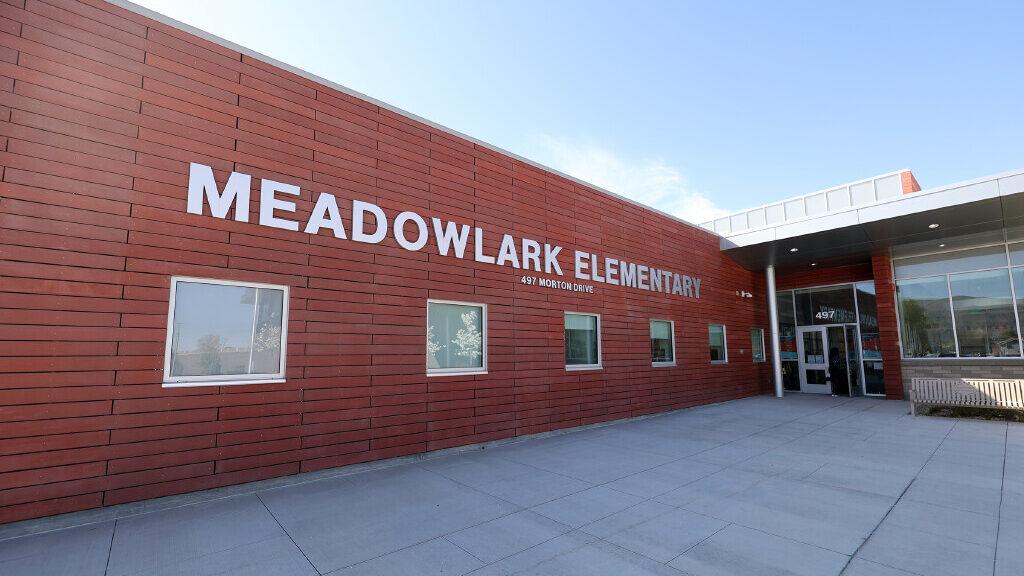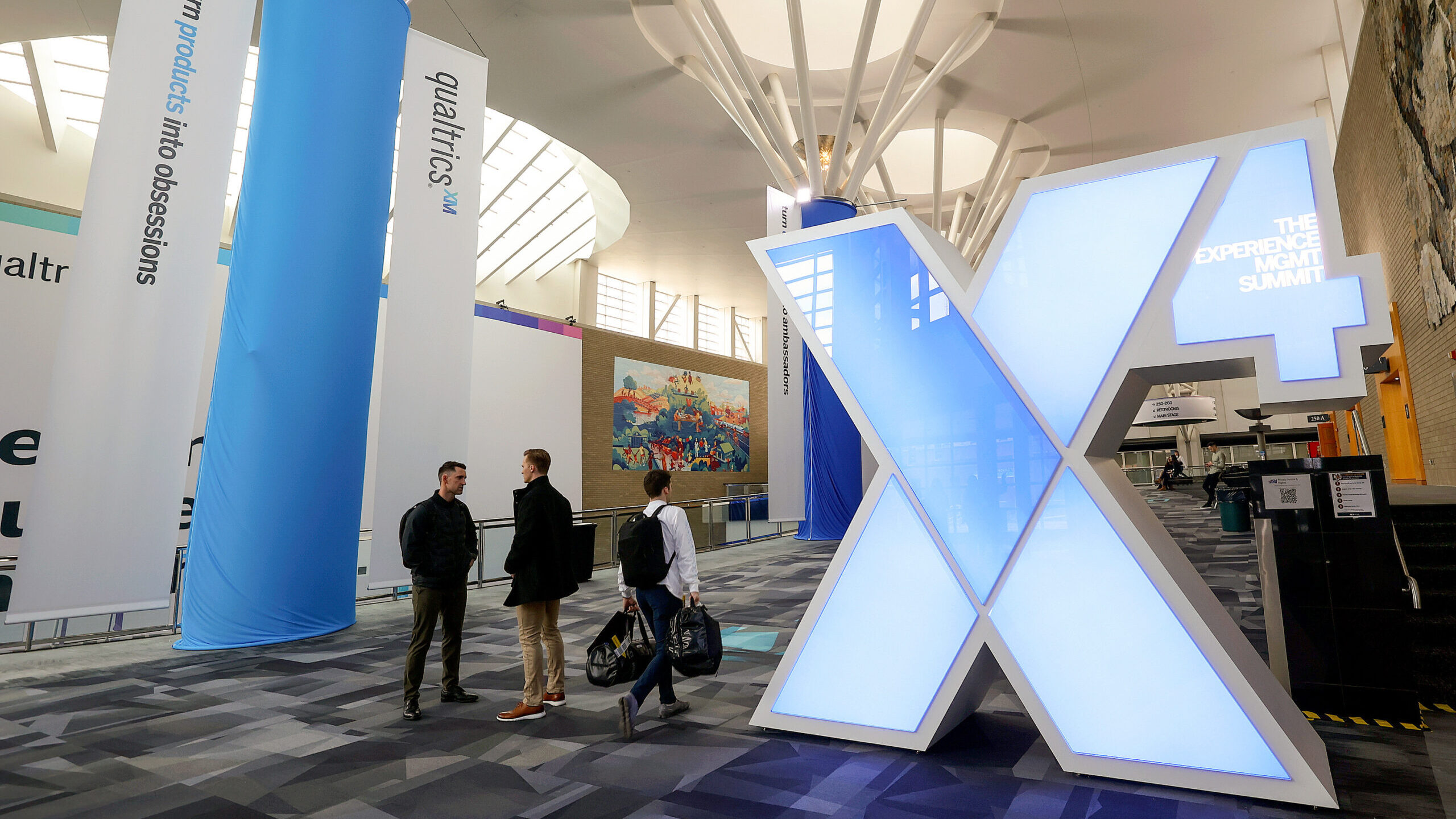Micromanagement at work is the biggest problem
Aug 28, 2023, 10:59 AM

Senior product manager Samantha Lee works at her desk at the Recursion offices in Salt Lake City on Tuesday, June 20, 2023. (Ryan Sun/Deseret News)
(Ryan Sun/Deseret News)
SALT LAKE CITY — A new report from Monster surveyed over 6,000 workers and found that 73% said micromanagement is their number one “pain point” at work. Following close behind micromanagement were avoidable meetings, non-flexible hours and frequent progress meetings.
Dr. Susan Madsen is the Karen Haight Huntsman Endowed Professor of Leadership in the Huntsman School of Business at Utah State University.
“I used to teach a course at the University of Minnesota for managers,” she explained. “Micromanagement has always been a real struggle, but more and more, our young workforce does not want to be micromanaged. They want flexibility. They want to be given a project and have some space.”
Madsen emphasized that employees don’t need micromanaging at work.
“We just need to let people bring their strengths to what they do, and then follow their abilities.”
Let go of micromanaging at work
Natalie Gochnour is the Associate Dean at the David Eccles School of Business and Director of the Kem C. Gardner Policy Institute at the University of Utah.
“I’ve had the great blessing to be mentored by great leaders — Mike Leavitt, Lane Beattie, [University of Utah] President Taylor Randall — and in each of those cases, they gave me what I’ll call a ‘green field to run in.'”
When a manager trusts their workers and allows them to bring their strengths and run with them, Gochnour says, “It’s amazing what they’ll do.”
“I’ll never forget working with President Randall one time after I was asked to lead this institute,” Gochnour recounted. “And I went into his office with all these things I thought I had to persuade him to support. He looked at me and said, ‘Natalie, we operate on a high level of trust. You just tell me what you need.’ That set the stage for a very rapid sequence of events that created a magnificent public policy institute for the state of Utah because I had a leader who believed in me.”
Madsen had similar experiences with great leaders and allies who have given her a “green field to run in.”
“I’ve had great male allies who have moved the barriers to just let me run,” she said.
Another pain point — meetings
The Monster survey revealed several pain points for employees. Micromanagement was the biggest, but workers also cited sitting in meetings they don’t think they need to be in and a lack of flexibility.
“We don’t need people in meetings just to be in meetings anymore,” Madsen said.
But there is a balance.
“We to our peril don’t get to face to face,” Gochnour explained. “I want my employees, I want my family, I want our community to be proximate. I want that because so much of communication is nonverbal.”
The consensus seems to be that it’s not one or the other. It’s not no meetings, and it’s not constant meetings.
“We need as managers and leaders to be really strategic,” Madsen said. “Because bringing people together when it uses a lot of extra time is not the answer either. It’s just that mix.”
Gochnour emphasized, “I’m all for efficiency, but it will be to our peril if we don’t find the other ways to make deep and meaningful connections.”













